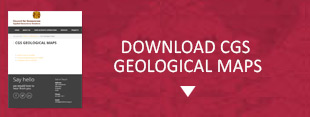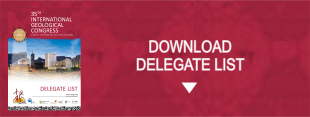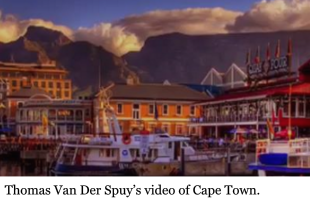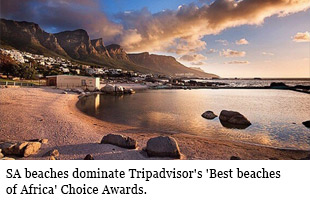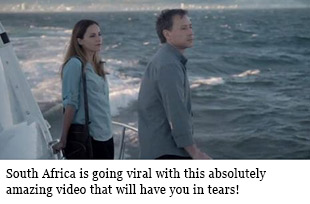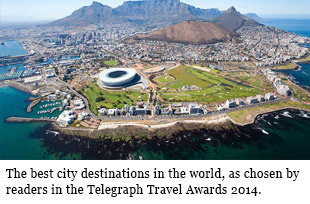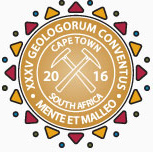
35TH INTERNATIONAL GEOLOGICAL CONGRESS
27 AUGUST - 4 SEPTEMBER 2016 | CAPE TOWN, SOUTH AFRICA
Sponsors
Keystone Sponsor
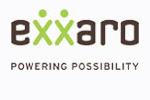

Diamond Sponsor


Gold Sponsor


Silver Sponsor
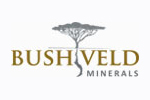


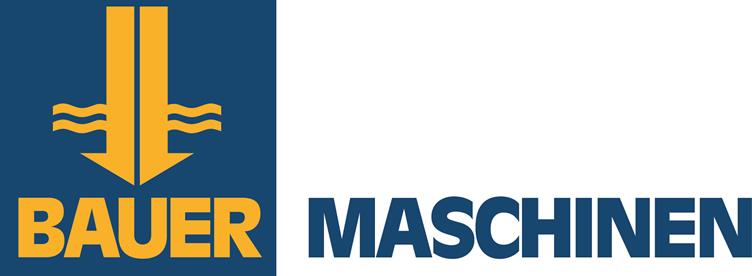




Business Centre Sponsor


Publication Sponsor




Social Function


Plenary Speaker Sponsor


Speaker Gift Sponsor


Post Graduate Fund


Registration


Welcome Drinks
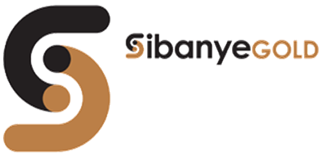

Lunch Time Drinks
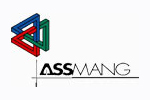

Publication &
35 IGC SAGPGF
35 IGC SAGPGF

35 IGC SAGPGF




MY IGC APP


Symposium Sponsor
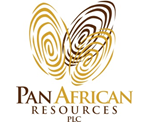
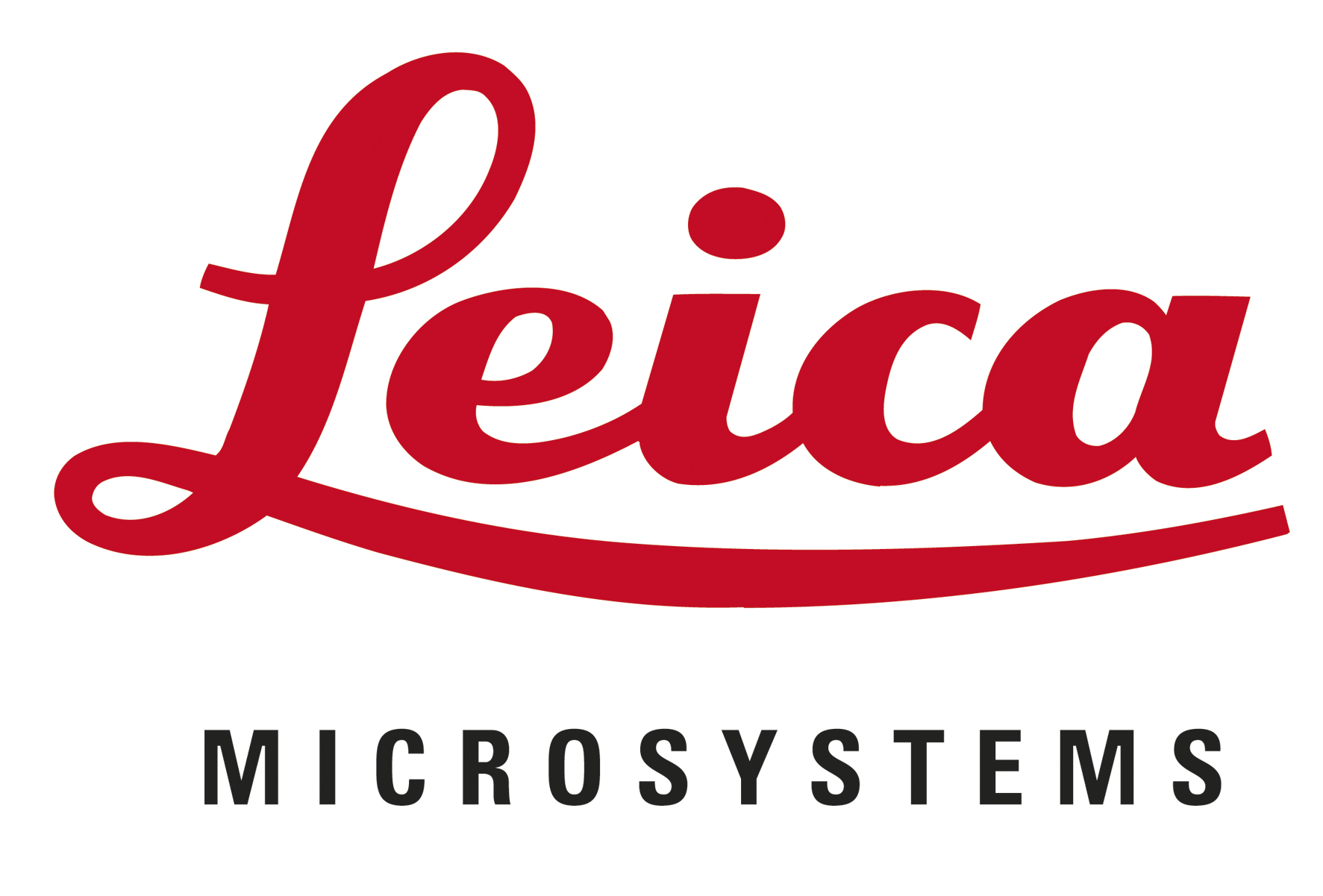


Audit Sponsor
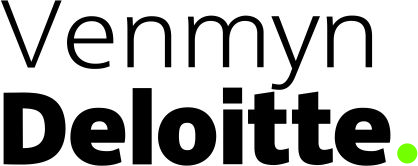

35TH INTERNATIONAL GEOLOGICAL CONGRESS
27 AUGUST - 4 SEPTEMBER 2016 | CAPE TOWN, SOUTH AFRICA
My IGC
Symposium Details
| Title | Description | Convenors |
|---|---|---|
| Progesses in proximal soil sensing techniques for mapping and monitoring | Soil mapping and monitoring is traditionally based on direct invasive methods of investigation. In particular, quantitative assessment is often based on one or a few mixed soil samples brought to the lab. Over recent years, new methods have been developed to improve our ability to investigate soil on-site in non-invasive ways, or with a very limited impact on soil disturbance. Such approach has given rise to a new field of research: proximal soil sensing (PSS). This is defined as the investigation of soil just below, at, or maximally within 2 m above its surface. The main driver of PSS is to obtain soil data at very high spatial and/or temporal resolution within a short time at reasonable costs. This way PSS contributes to the understanding of variability of soils in space and time. Particular applications are precision agriculture, archaeology, environmental protection, and landscape modelling. The methods applied are versatile, they range from geophysical methods such as electromagnetic induction of ground penetrating radar to chemical analytical methods which have been modified to operate under field conditions, such as pH-meter or field soil spectroscopy. The relevance of this approach was recognized by the International Union of Soil Sciences by creating a dedicated working group on this topic: the Working Group on Proximal Soil Sensing. This symposium, supported by the IUSS working group on Proximal Soil Sensing, proposes to discuss the latest evolution in this new field and provide a forum for relevant discussions and interactions with a wider geological community. | Simone Priori, Marc Van Meirvenne, Bo Stenberg and Kristin Piikki |
 Field trips
Field trips  Sponsorship & expo
Sponsorship & expo  Registration
Registration Tours
Tours  Promotion
Promotion 

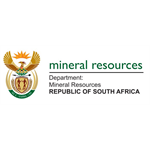












 Conference Programme
Conference Programme  Field trips
Field trips  Sponsorship & expo
Sponsorship & expo  Volunteer
Volunteer  GeoHost
GeoHost  Registration
Registration Tours
Tours  Promotion
Promotion  Publications
Publications


